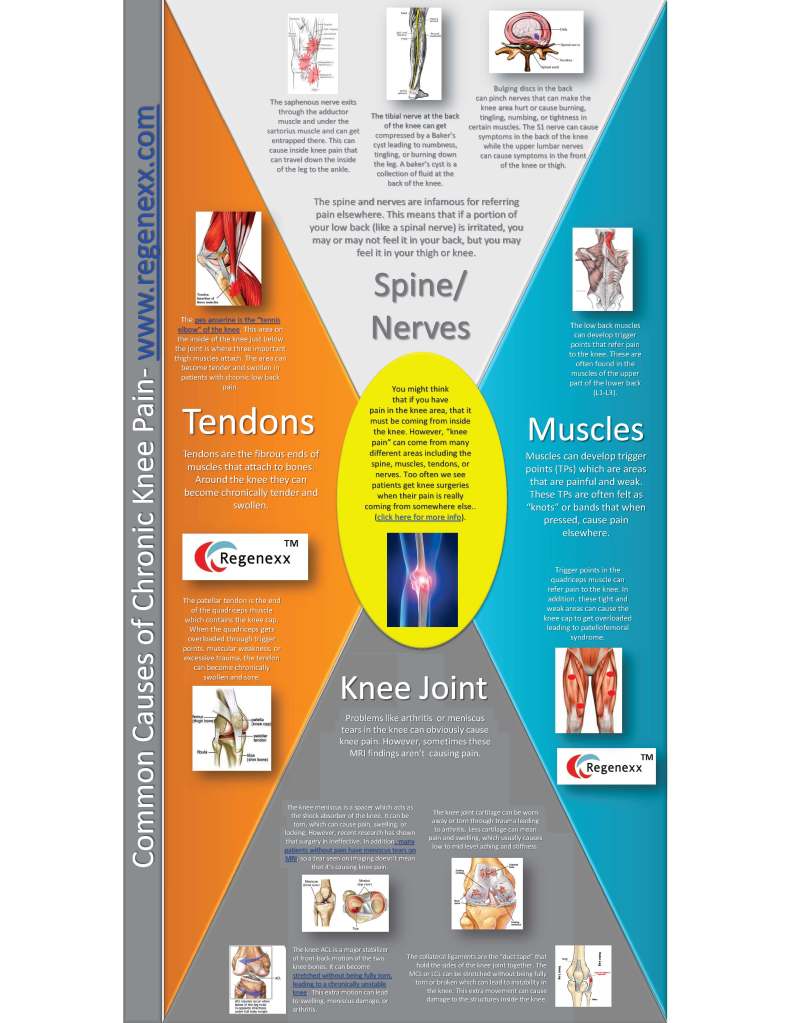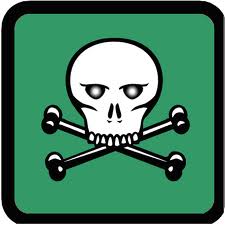At the Centeno-Schultz Clinic we understand the limitations, physical and emotional drain associated with pain.
Curcumin is an active ingredient in the Regenexx Advanced Stem Cell Support Formula.
It is an innovative formula of nutritional supplements that helps maintain and support normal joint health and functioning. In Regenexx laboratory studies, the supplements within the formula helped to maintain the health of the cell environment and provide support for the joint’s natural cartilage growth (chondrogenesis) process.
What is Curcumin?
Curcumin an extract from the Indian spice tumeric. Research has shown curcumin to modulate inflammation.
Is Curcumin as effective a Ibuprofen?
Yes!
Kuptniratsaikul et al recently compared the efficacy and safety of Curcumin with Ibuprofen in patients with knee osteoarthritis. In a multicenter study, 367 patients with knee osteoarthritis were randomized to receive 1,200 mg/day of ibuprofen or Curcuman extracts 1500mg/day for 4 weeks. Curcumin was as effective as Ibuprofen in improving pain and function in patients with knee osteoarthritis. While the number of adverse events was not different between the groups, there was a higher number of abdominal pain/discomfort in the ibuprofen group.
Are there other differences?
Absolutely!!
The chart below outlines the key differences.
NSAID have significant side effects which include reduced bone healing, increases in systematic inflammatory markers, increases in oxidative stress and increases in deadly heart attack risk by 200-300%.
Know the risks and natural alternatives for management and treatment of knee arthritis pain.

















